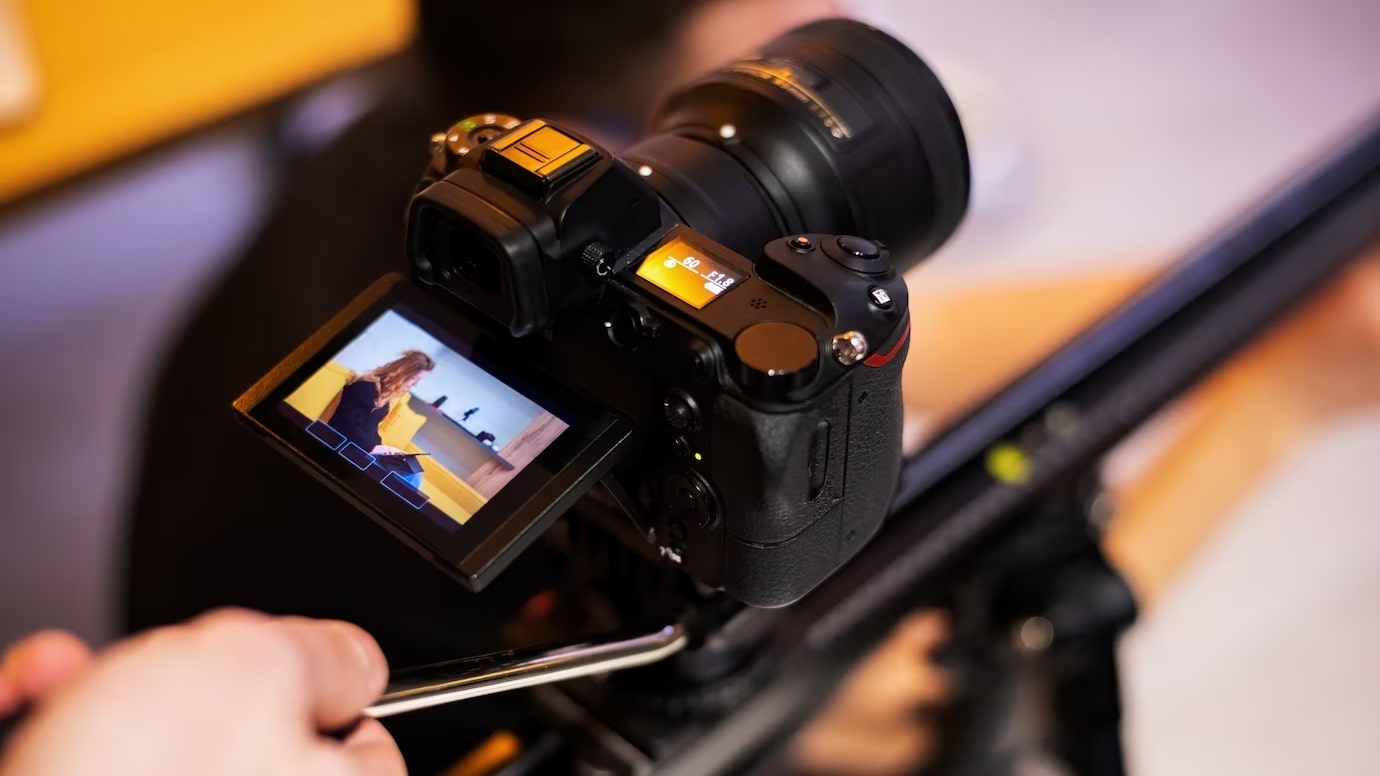When it comes to video production, the camera is one of the most important tools in a filmmaker’s arsenal. Whether you’re shooting a short film, a promotional video, or a documentary, choosing the right camera is crucial in achieving the look and feel you want for your project. With so many options available on the market, it can be overwhelming to choose the right camera for your video production needs. In this blog, we will discuss some important factors to consider when selecting a camera for your project.
#1 Budget
Before you start looking at cameras, you need to establish a budget for your video production. Cameras come in a wide range of prices, from a few hundred dollars to tens of thousands of dollars. Determining your budget upfront will help you narrow down your options and prevent you from overspending. Keep in mind that there are other expenses to consider, such as lenses, batteries, memory cards, and other accessories.
#2 Camera Type

There are three main types of cameras for video production: DSLR, mirrorless, and camcorders. DSLRs and mirrorless cameras are popular among filmmakers because of their versatility, ability to capture high-quality video, and interchangeable lenses. Camcorders, on the other hand, are designed specifically for video and have built-in features like image stabilization and long zoom ranges. Consider the type of project you’re working on and what type of camera will best suit your needs.
#3 Resolution
Resolution is an important factor to consider when choosing a camera for video production. The most common resolutions are 1080p and 4K. 1080p is suitable for most projects and is widely accepted as the standard for online streaming and broadcast television. 4K, on the other hand, provides a higher resolution and is ideal for projects that require more detail, such as films or commercials. Keep in mind that shooting in 4K requires more storage space and processing power.
#4 Frame Rate
Frame rate refers to the number of frames captured per second. The standard frame rate for video is 24 frames per second (fps), but other common frame rates include 30fps and 60fps. Higher frame rates are ideal for projects that require slow-motion effects, while lower frame rates are suitable for a more cinematic look. Consider the type of project you’re working on and what frame rate will best suit your needs.

#5 Sensor Size
The size of the camera’s sensor is another important factor to consider. Larger sensors can capture more light, resulting in better image quality, depth of field, and low-light performance. However, cameras with larger sensors can be more expensive and require larger lenses. Consider the size of the sensor and what type of lens will be required for your project.
#6 Connectivity
Connectivity is an often-overlooked factor when choosing a camera for video production. Look for a camera with built-in WiFi or Bluetooth capabilities, which can make it easier to transfer files and remotely control the camera. Some cameras also have HDMI or USB ports, which can be useful for live streaming or connecting to external monitors.
Conclusion
Deciding on the appropriate camera for your video production requirements can be overwhelming, but taking into account these aspects can simplify the process. In case of confusion, it is advisable to seek guidance from a video production company that can offer professional advice. With the right equipment and expertise, you can create captivating video content that conveys your message and engages your viewers.
